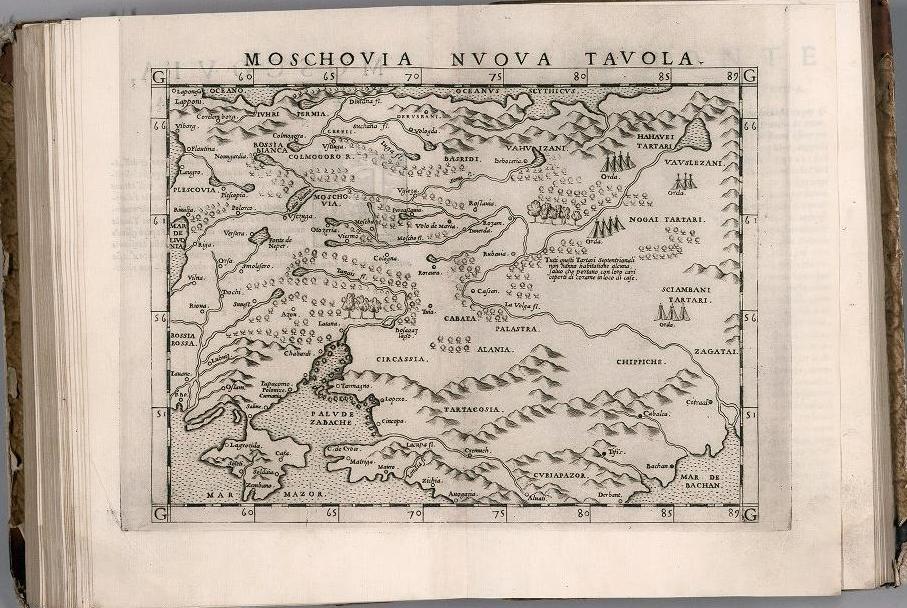67000 historical geographical maps freely available on the Internet

Moschovia nvova tavola (1561) - a map depicting parts of the modern territory of Russia, the Black and Caspian Seas from the first Italian translation of the work of Claudius Ptolemy ’s work "Guide to Geography" by David
At the opening of the David Ramsay Cartographic Museum in Stanford, where visitors can enjoy a collection of more than 150 thousand historical maps, the collector’s website already has 67,000 maps in high resolution, which can be enjoyed both remotely and completely free of charge.
David Ramsay is a millionaire real estate trader and famous card collector who has been collecting them for over thirty years. To his 71st birthday, he decided to hand over the entire collection to the library at Stanford University, which organized a grand exhibition. On it you can look at maps, atlases, globes, journals of travelers and navigators, and other historical relics related to geography, the earliest of which date from the 16th century. The collection is considered the most significant in the world.
However, if you are not very comfortable getting to Stanford, you can safely explore the collection without getting up from your favorite chair. Filling of the site began in 1996, and now there are already 67,000 copies of various maps. At the moment, high-resolution images appear on the Internet thanks to a 60-megapixel camera. An open project allows those who wish to take part in its improvement by tying the existing maps to geographic coordinates.
Since the digital collection began to develop as early as the 90s, when the wild Internet plowed through hulking dial-up modems, Ramsay founded Luna Imagingthat developed software for scanning and online demonstration of large images in the context of narrow communication channels. The company's software is still used by many museums and exhibition centers.
Sam Ramsay notes that usually collectors are driven by the desire to take possession of rare things and save them for the future. Of course, conservation in itself is important from a historical point of view, but it is just as important to give the general public the opportunity to learn something new and raise their cultural level.
It was these considerations that drove him when he founded the online project, and when he handed over the collection for a public demonstration at the Stanford Library. “A link to our website will bring you to the right map forever and forever,” Pamzy is proud of his work.
